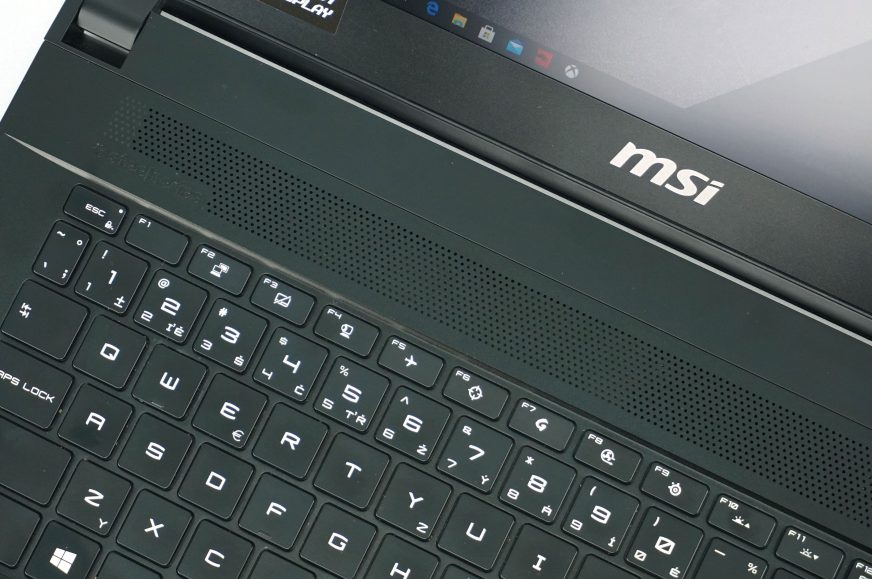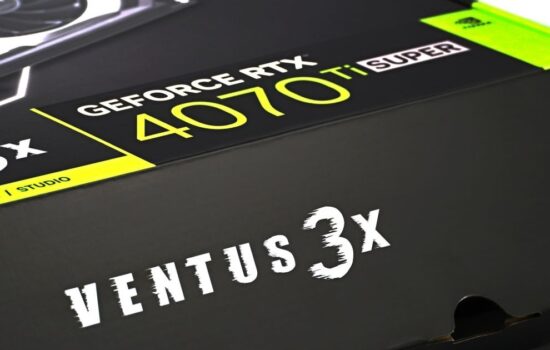3D/PCMark and Unigine Heaven/Superposition
GS series includes a stylish and compact family of high-performance MSI laptops and the GS66 Stealth is its latest addition. I’ve always had a weakness for thin but powerful devices and that’s exactly what GS meets. However, with the high performance of Core i9 and RTX 2080 Super, the question arises as to how thermal management is handled. In less than 2 cm thin and about 2.1 kg body, it is really a challenge to deal with such powerful components.
3D/PC Mark a Unigine Heaven/Superposition
The combined PCMark 10 test shows a slightly lower performance of the GS66 by 5% compared to the Duo 15 and surprisingly also to the GS75 by 6%. However, the M15 is 12% slower.
Gaming-oriented 3DMark Firestrike and Time Spy show lower GS66 performance compared to Duo 15 and even M15. The Duo is 12/16% faster, M15 2/4% faster. On the contrary, the Sky diver is fully lead by the GS66 with a 38% lead over the Duo 15 and 78% over the M15. However, this test shows really special results on Asus devices, so it should be taken with a grain of salt. In contrast, Firestrike and Time Spy are beginning to confirm unflattering results from Geekbench Compute tests.
Tests focused on RTX and DLSS again show measurable differences between the GS66 and the competition. In Port Royal, MSI is 8% slower than M15 and 20% slower than Duo 15. In the DLSS test, the differences are 19/22 with M15 and 24/25% with Duo 15 for DLSS off/on. Thus, the undesirable trend we have seen in previous tests is confirmed again.
Unigine Heaven gaming tests again show higher performance of the competition compared to GS66. In Full HD it is 15% in favor of M15 and 24% for Duo 15. At 2K the difference between Duo 15 and GS66 is only 5%, on the contrary M15 increased the lead to 23%.
The latest graphic tests of Unigine Superposition do not change the situation. GS66 in Full HD loses 9% on M15 and 20% on Duo 15, in 4K the differences are even higher, 11 and 23%.
- Contents
- Specs and details
- Testing methodology
- Display tests
- Rendering and Geekbench
- 3D/PCMark and Unigine Heaven/Superposition
- Gaming tests – dedicated graphics
- Encryption, encoding
- Memory and storage tests
- Heating and battery life
- Blender – test of CPU, CUDA and Optix
- Performance modes
- Utility app
- Rating












thank you for the information